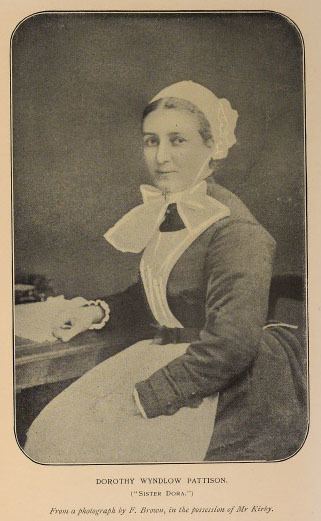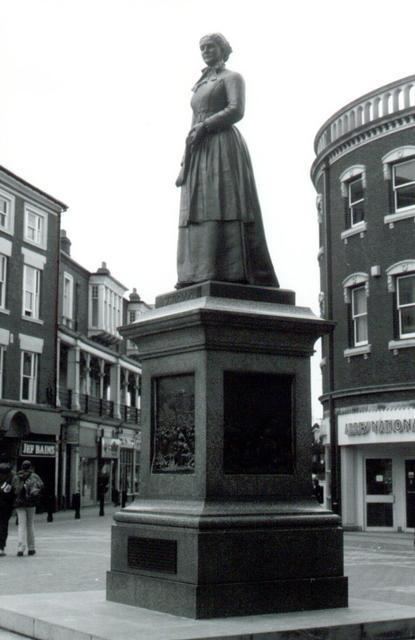Name Sister Dora Role Nurse | Siblings Mark Pattison | |
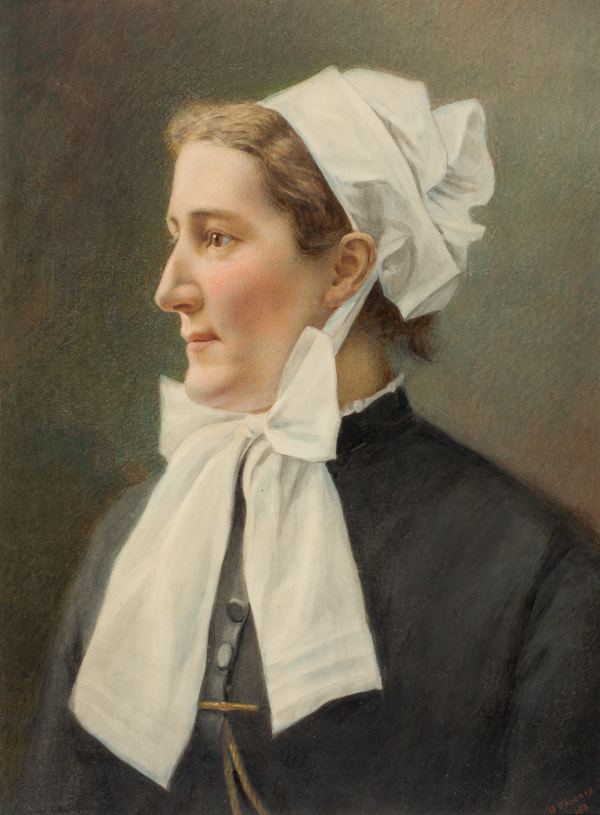 | ||
Died December 24, 1878, Walsall, United Kingdom | ||
Dora the explorer big sister dora
Sister Dora (born Dorothy Wyndlow Pattison, 16 January 1832, Hauxwell, Yorkshire - 24 December 1878) was a 19th-century Anglican nun and a nurse in Walsall, West Midlands.
Contents
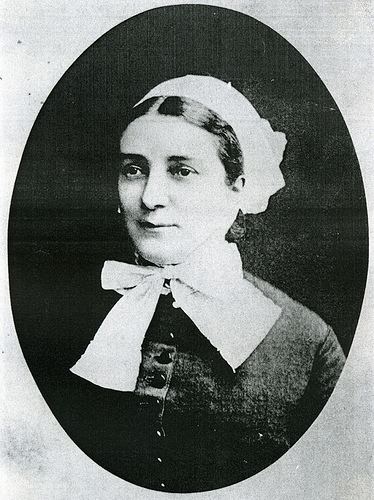
Life

Dorothy Wyndlow Pattison was the eleventh of twelve children of Rev Mark James Pattison and his wife, Jane. One of her siblings was the scholar Mark Pattison. Her childhood was overshadowed by the illness of her father, who had suffered a mental breakdown and became violent and domineering. In 1856, she became secretly engaged to a man called James Tate, the son of the headmaster of Richmond school. The Tates were one of the few families with whom the Pattisons had social contact. At the same time she also developed feelings for another man, Purchas Strike. After her mother's death in 1860, she broke off her engagement with James. She thought she preferred Strike, but broke away from him as well. She was able to leave home with a £90 bequest from her mother. From 1861–64, she ran the village school at Little Woolstone, Buckinghamshire.
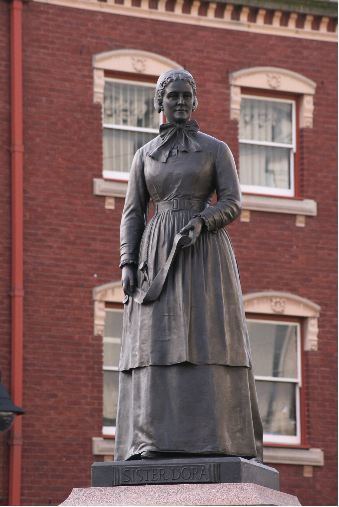
In the autumn of 1864, she joined the Sisterhood of the Good Samaritans at Coatham, Middlesbrough, and became known as Sister Dora. She would devote the remainder of her life to nursing. She was sent to work at Walsall's hospital in Bridge Street and arrived in Walsall on 8 January 1865. The rest of her life was spent in Walsall. She worked at the Cottage Hospital at The Mount until 1875, when Walsall was hit by smallpox. She worked for six months at an epidemic infirmary set up in Deadman's Lane (now Hospital Street), treating thousands of patients. During the last two years of her life, she worked at the hospital in Bridgeman Street, overlooking the South Staffordshire Railway (later the London and North Western Railway). She developed a special bond of friendship with railway workers who often suffered in industrial accidents. The railwaymen gave her a pony and a carriage and even raised the sum of £50 from their own wages to enable her to visit housebound patients more easily.
Death
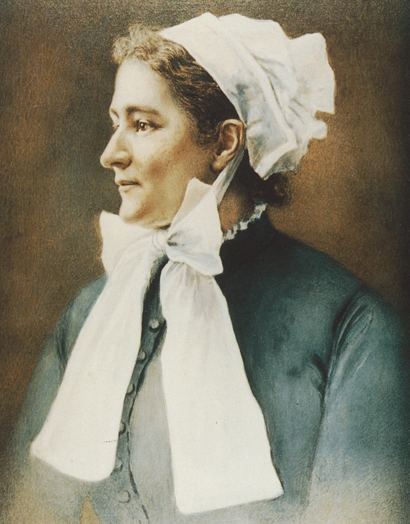
In 1877 Sister Dora developed breast cancer. She decided against an operation and kept her disease a secret. She died on Christmas Eve 1878, aged 46. At her funeral on 28 December, the town of Walsall turned out to see her off to Queen Street Cemetery, borne by eighteen railwaymen, engine drivers, porters and guards, all in working uniform.
Legacy
